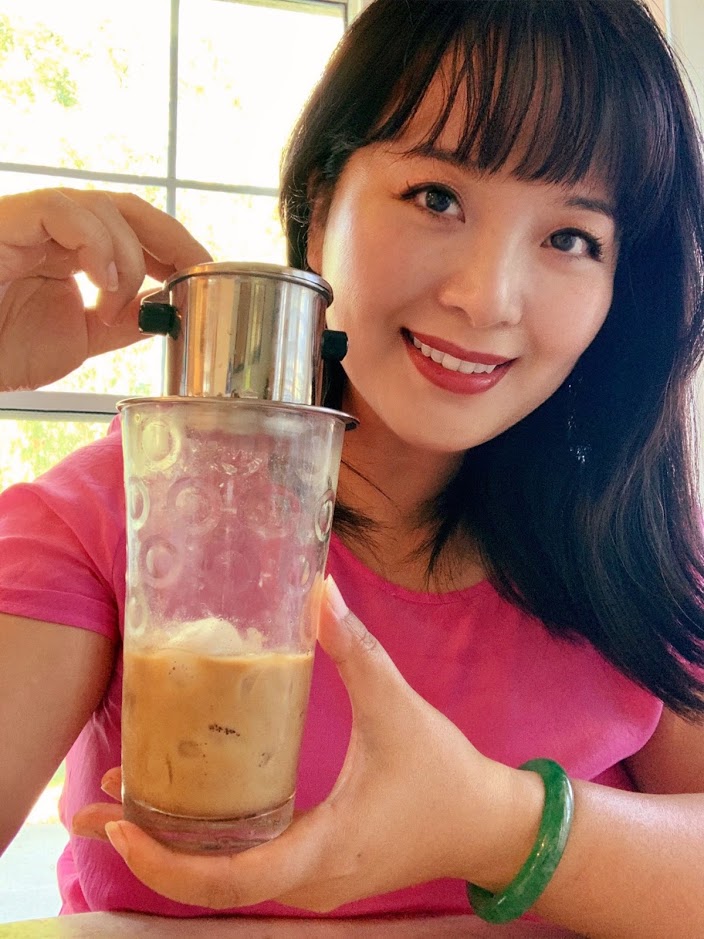
I may be persecuted or even publicly flogged for saying this, but I dislike Starbucks coffee. I truly do. It’s expensive. It tastes burnt. Heck, it’s overpriced burnt coffee. There. I said it, so bite me. But before you go, please hear me out because I truly would love for you to try some great-tasting Vietnamese coffee if you haven’t already. Then maybe you’ll forgive my strong opinion of Starbucks.
Did you know that Vietnam is the world’s second largest producer of coffee and the world’s #1 producer of the “robusta” variety? If you don’t believe me, just Google it. See, I know my coffee because my people are major producers, for crying out loud! Just kidding. But in all seriousness, the Vietnamese love their coffee. They like to enjoy their cup of Joe nice and slow, and making the perfect cup is an art in itself.
Coffee was not always a thing in Vietnam. It was actually first introduced to the Vietnamese in the 1850’s by a French Catholic priest who brought over a single coffee arabica tree. Fast forward decades later, there are now many coffee farms that thrive in the lush highlands of Central Vietnam.
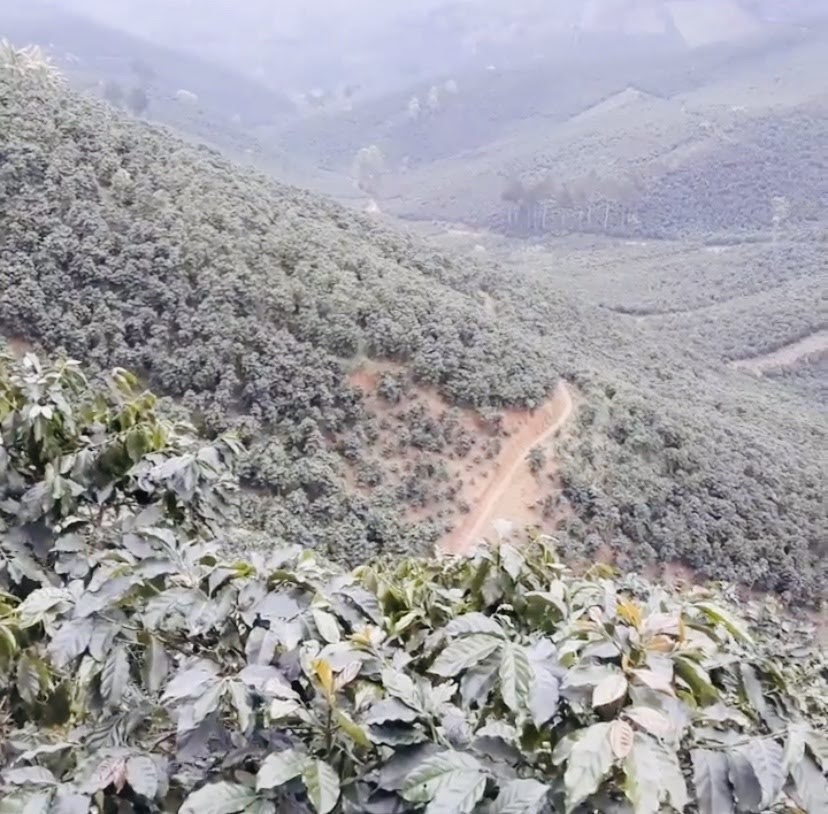

In the United States and other parts of the world, coffee is often accompanied by fresh milk or cream and sugar. Vietnamese coffee is distinctive in that it uses canned sweetened condensed milk. This is due mainly to the historical lack of dairy cattle and refrigeration. The sweetened condensed milk gives the coffee a unique sweet caramel flavor and velvety richness, a perfect complement to the strong roasted bitterness of the dark coffee. Perhaps the ultimate difference lies in the method of preparing Vietnamese coffee. Vietnamese coffee is a slow drip coffee using intentionally over-roasted beans. This creates a very thick, delightfully fragrant and strong brew. Instead of brewing the ground coffee beans in an electric machine, the ground beans are placed into a metal cup-like filter called a “phin,” sandwiched securely in a layer between 2 perforated stainless steel surfaces, and screwed into place. Boiling water is then poured into the metal filter cup, which then allows the coffee to drip slowly through the many tiny holes of the metal filter.
I remember my first trip back to Vietnam was in the summer of 1993. My family and I had escaped the Communists by boat in 1978, and we had not dared to dream of a day when we would be granted the opportunity to revisit the country we had fled. It was definitely an experience I will never forget. Unlike today when many Vietnamese Americans go back and forth on holiday to Vietnam (which is now a booming tourist locale), back in the early 1990’s there were fewer visiting ex-countrymen. Not only were the Communist policies still strict, but the cultural norms dictating the roles of men and women were also quite strict. The Vietnam of today is quite modern in both technology and social interactions. Women in Vietnam are striving to become more educated and self-reliant. However, back in 1993, women (especially those in the conservative countryside) were still expected to eat separately from the men, eat after the rest of the family was served, and be seen and not heard.
In 1993 I visited my paternal hometown of Song Cau, an idyllic fishing village in the province of Phu Yen in the central part of South Vietnam. Having lived in the United States since I was 4 years old, everything about Vietnam, and particularly this small coastal village, was quite backwards. My highschool-aged cousin was taught math by word problems that involved subtracting how many American airplanes were shot out of the sky. She honestly thought the Earth was flat. I was appalled. These were only some of the blatant examples of how closed off these people were.
So back to how this story relates to Vietnamese coffee… Men in Vietnam, then and now, customarily go to a coffee shop every morning and lounge around for hours sipping coffee and smoking a cigarette or two with their buddies. Then maybe they go to work. Most women take care of the kids, tend to the housework, and go to work or to the market. They do not lounge around in coffee shops. At least in 1993 they did not have that liberty. My first taste of Vietnamese drip coffee was in a coffee shop. In Vietnam. Surrounded by men. And they stared disapprovingly at me like I had 3 heads and a tail. It was definitely not a place for proper young ladies at the time. Thanks to my unabashedly bold uncles and my father, who broke tradition and allowed me to join their circle, I was able to taste such a delightful concoction! Since then I have never gone back to drinking regular coffee on the weekends. I say “weekends” because Vietnamese drip coffee requires time and patience. It does not produce the quick convenience of a Keurig or Nespresso machine, but Vietnamese drip coffee by far exceeds the taste of these mediocre packaged coffees, and there are no environmentally hazardous plastic containers to discard. I promise the effort is worthwhile!

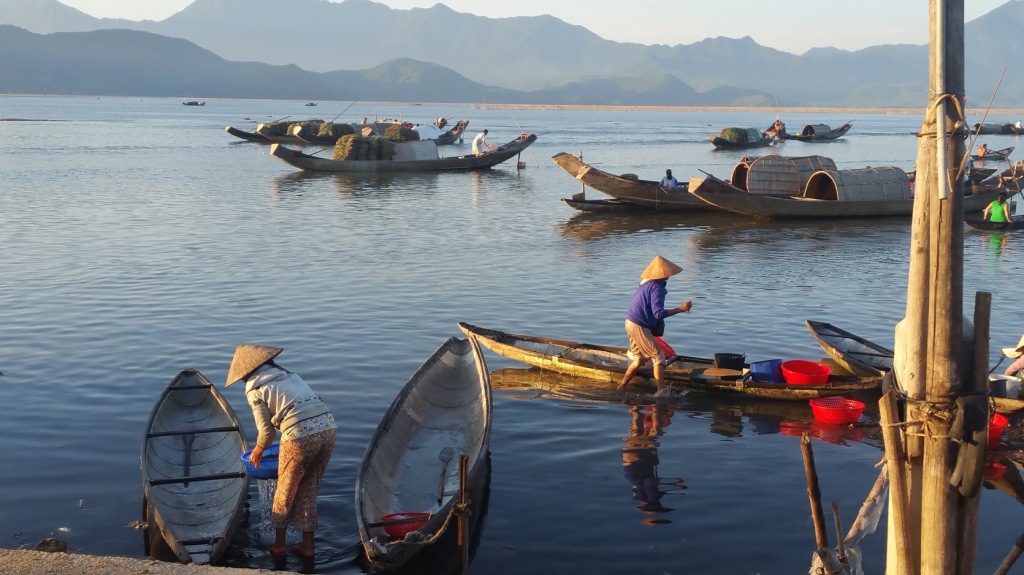




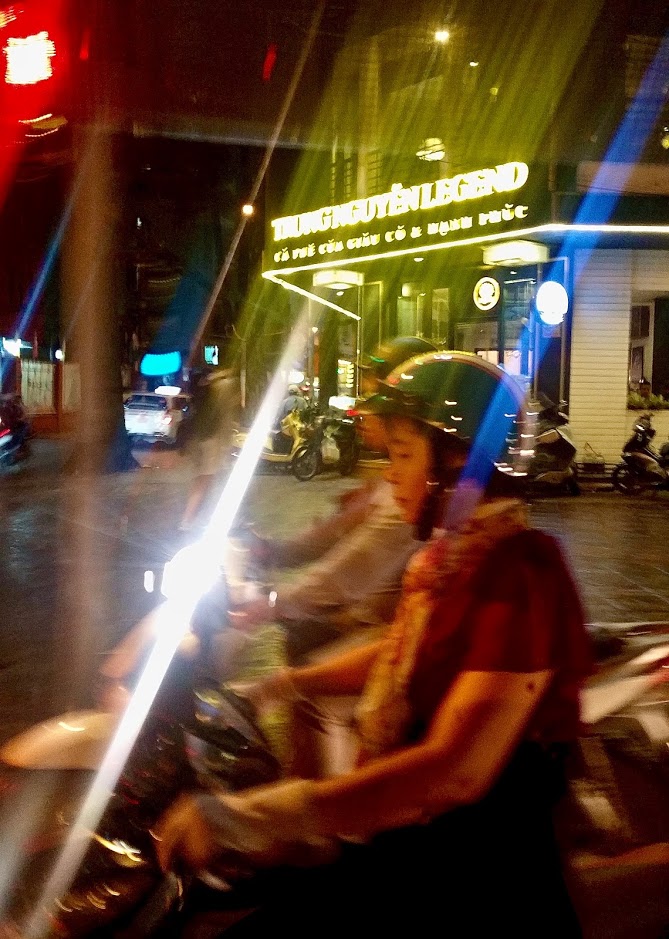
**For a full ASMR-style video tutorial, please watch my YouTube video that I’ve attached at the bottom of this post.
Vietnamese Coffee (“Cà Phê Sữa”), served Hot or Iced
Ingredients: (This recipe is for 1 serving)
– 1 full tablespoon of ground Vietnamese coffee or French roast
I use the following coffee brands and can vouch for their quality:
– 1 to 2 tablespoons Sweetened Condensed Milk. The Vietnamese use the Longevity Brand Sweetened Condensed Milk because it is less sweet, but you can use any store-bought brand.
-Boiled hot water
-Ice cubes for iced coffee (optional)
Useful Equipment/ Tools:
Vietnamese coffee filter phin, Long-spout tea kettle, Tall glass

** Disclaimer: Please note that the highlighted links in this post are affiliate links, in which I will earn a small commission (at no additional cost to you) if you purchase through those links. I have purchased all the products I recommend with my own funds and have tested and used each product before I post. Please know that I only recommend products that I like and trust and genuinely believe would help my audience. Thank you for your support of my blog in this way!
Directions:
- Fill tea kettle with fresh water and bring to a boil. Set aside.
- Take your tall glass or coffee mug (choose one that has an opening that is not too large, so that the metal filter cup can rest on top of the mug) and fill it with 1 to 2 tablespoons of sweetened condensed milk. You can add more or less to your taste. I like mine creamy, so I add 2 tablespoons to mine.

3. Take the metal coffee filter (phin), remove the lid, and unscrew the top part from the cup body. Set the screwed part aside.


4. Fill the cup with 1 tablespoon of ground coffee.

5. Screw on the middle part and twist until you can no longer make a full turn of the screw. However, don’t twist the lid on too tightly or the coffee will not be able to drip through the little holes. If you find that the coffee is blocked when you pour in the boiling water, just loosen the screw a bit.

6. Set the filter on top of your glass or cup, and fill the inside of the filter with boiling water. You can add more boiling water to the filter as the coffee drips for a lighter coffee.
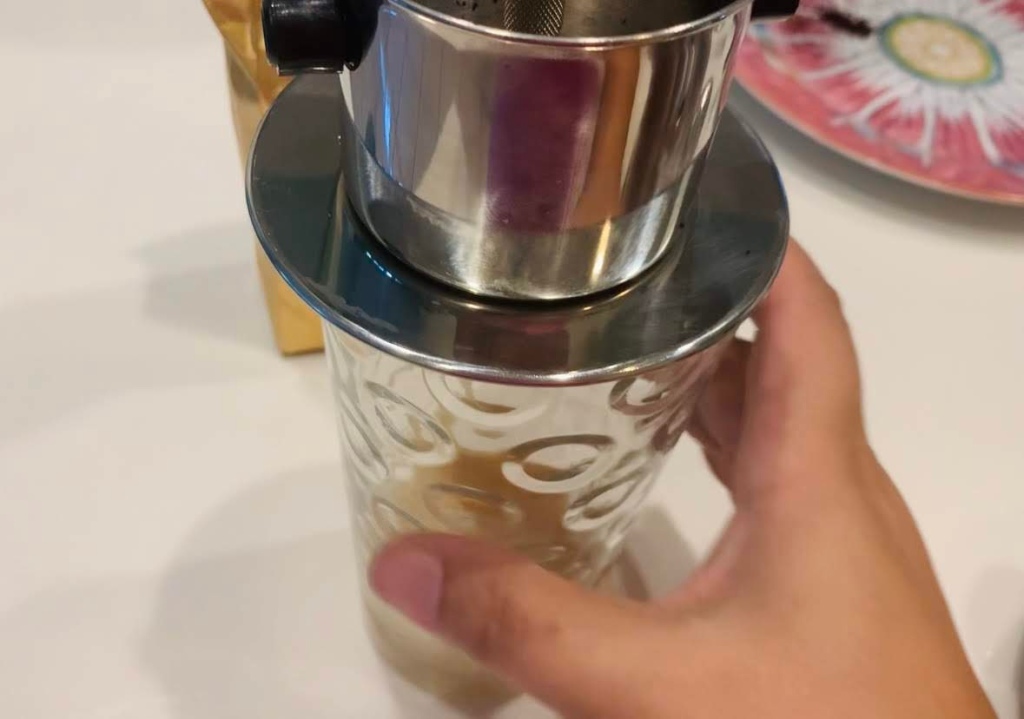

7. The coffee will take some time to finish dripping through the filter. When it is completed, stir up the coffee and the sweetened condensed milk together well. You can drink it hot at this point, or you can pour it over ice and drink it cold, like they prefer it in Vietnam.
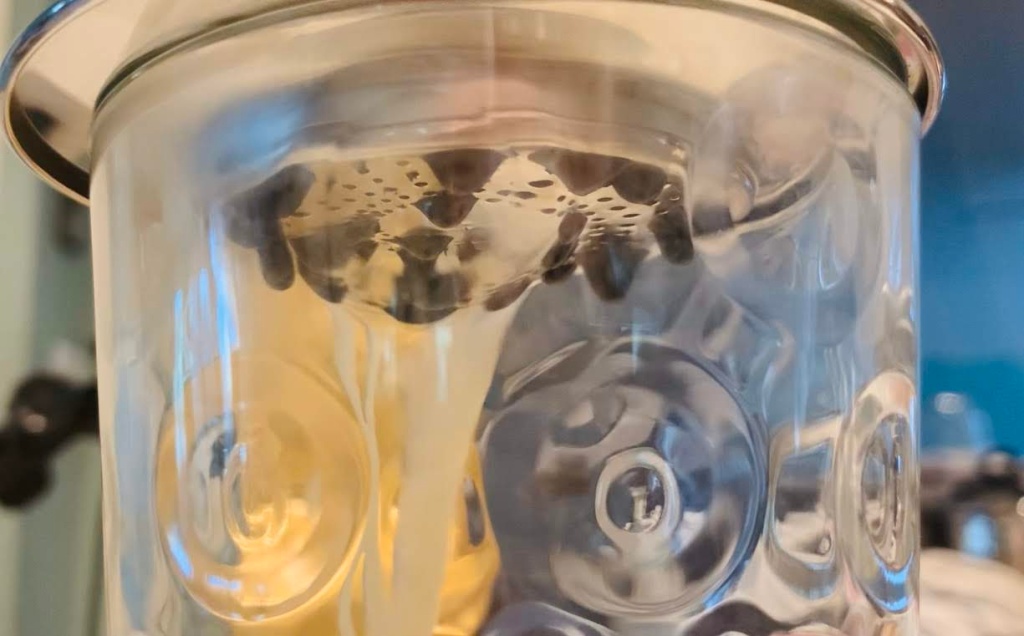



See how easy Vietnamese coffee is to make at home? I hope you give it a try. You deserve the best! Enjoy!
For the video tutorial of how to make Vietnamese coffee, please check out my YouTube channel:



10 thoughts on “How To Make Delicious Vietnamese Coffee and Make Starbucks Cry ‘Uncle’”